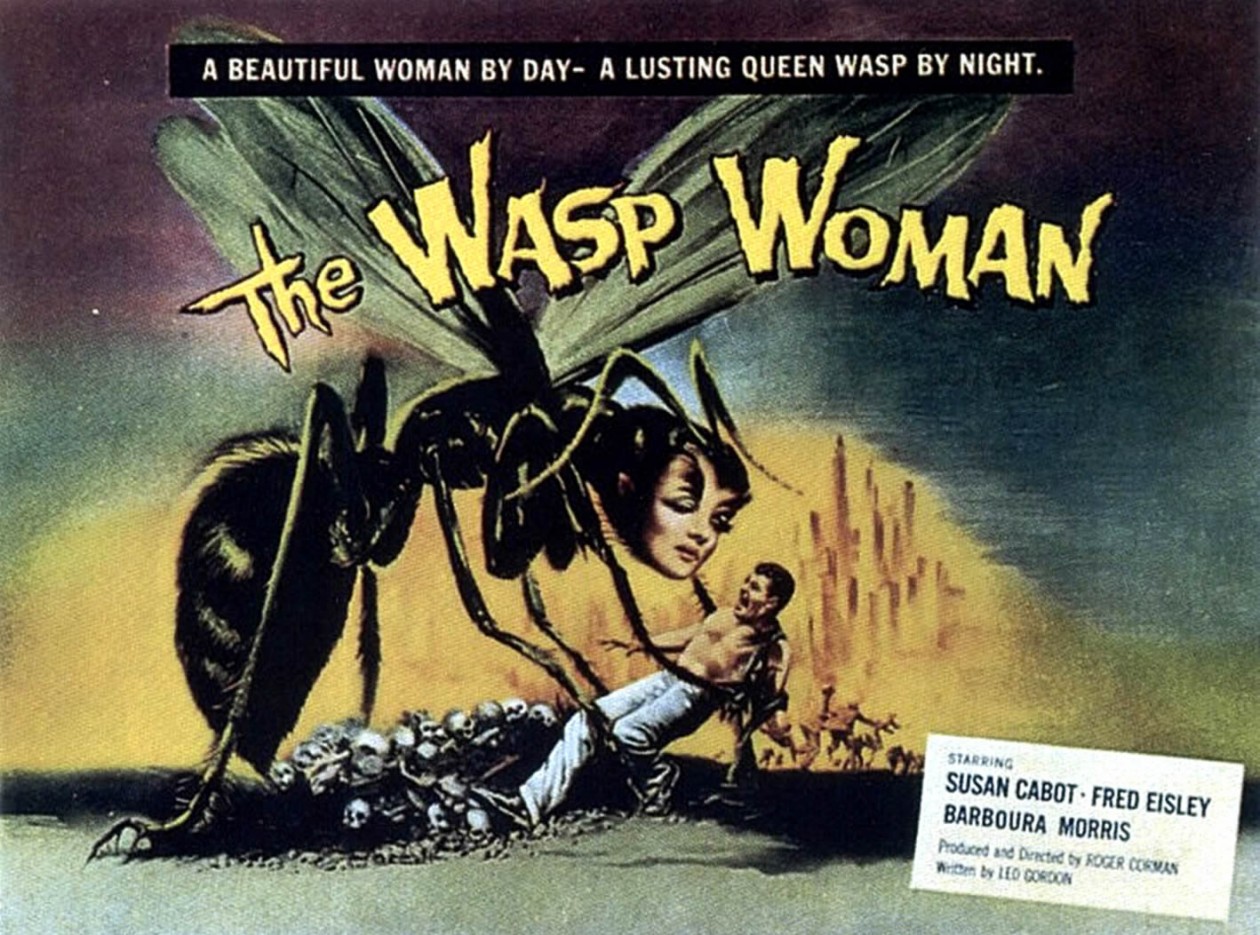In the film we watched last class, that touched on the filming of intimate love scenes, it was really great seeing so many interviews featuring female, film experts. I was very intrigued by their input on many of the topics that have been coming up in class. I also think the article “Avant Gardes in Europe and the USA” ties into the film because it discusses the tactics of feminist filmmaking and where it is headed. Filmmakers Sally Potter and Lea Pool talked about similar things – mainly how the majority of desire comes from the imagination (making it difficult to depict on screen). If the filmmaker has an idea of what he or she wants his characters to be thinking/feeling in an intimate scene, that doesn’t necessarily mean that viewers will infer this information. Kaplan’s article discusses how it’s important to present new images of women that belie those that the commercial cinema constructs out of its patriarchal position.
“This often involves trying to represent relationships that are not constructed by the dominant order,” says Kaplan. My favorite part of the film was an interview with one of the female filmmakers whose name I can’t remember (in my eyes she resembled Susan Sarandon, if that helps). She talks about how feminists have been enraged by the objectification of women in the history of filmmaking. However, she says: “I’ve never had a problem with this. I think it’s natural, while being intimate, to view the other as an object of desire. I have a problem with the obvious fear of filming male genitals that has always been present.” The problem lies in the fact that males have not been depicted as objects of desire – which they obviously are seeing as half of the people on this earth are attracted to men…
This was the argument in the film that struck me the most because I completely agree with it. There has always been a huge stigma against shooting male genitals, while the erotic areas of a women’s body have always been cut up and exploited. Equalizing this double standard could be a great stride in feminist filmmaking. It is the shooting of men that also needs work.
